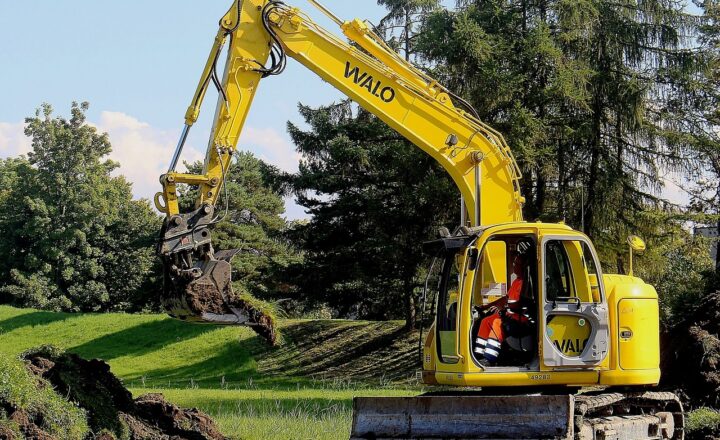The Mystery Behind Ancient Stone Spheres Found in Costa Rica
November 15, 2024

In the heart of Costa Rica lies one of the world’s most intriguing archaeological mysteries: the ancient stone spheres, known as “Las Bolas”. Discovered in various locations within the country, these colossal spheres date back to the pre-Columbian era, and although their creators remain unknown, their remarkable craftsmanship has captivated both archaeologists and visitors alike.
1. The Discovery of the Stone Spheres
The first spheres were discovered in the 1930s by the United Fruit Company workers while they were clearing land for banana plantations. Initially, these artifacts were thought to be simply natural formations. However, as more spheres were unearthed, it became clear that they were man-made. The largest of these spheres measures over 2 meters in diameter and weighs around 15 tons.
These discoveries were made primarily in the Diquís Delta and on Isla del Caño. Today, around 300 spheres have been confirmed, with many found in archaeological sites in the southern part of Costa Rica.
2. The Construction Techniques of the Spheres
The craftsmanship displayed by these ancient artisans is awe-inspiring. The spheres are made of a type of granite called granodiorite, and their shapes are incredibly uniform, with some spheres almost perfectly round. Researchers speculate that it would have taken considerable skill and advanced technology to carve and transport these massive stones.
The methods used to create these stones are still debated, but various theories suggest that they might have employed primitive tools made from harder stones to chip away at the material, using sand to aid in the smoothing process. The lack of modern machinery poses interesting questions about how these ancient people managed to create such intricate works of art.
Even today, there are no definitive answers about the exact techniques used, leaving the Spheres’ creation shrouded in mystery.
3. Purpose and Cultural Significance
Scholars have proposed various theories regarding the purpose of the stone spheres. Some suggest that they were used as markers in navigational systems, while others believe they held significant social and spiritual meanings. It is hypothesized that these spheres were used as symbols of power and wealth, possibly marking the territory of influential leaders or clans.
Additionally, some spheres are positioned in groups, which could indicate a communal or ceremonial purpose. The precise alignment and settings of these spheres might also reflect astronomical significance, marking celestial events and seasons, adding another complex layer to their cultural importance.
4. Theories and Speculations
Numerous theories abound about the origin of the stone spheres. Some believe they were created by the Diquis culture, while others suggest that the spheres may have connections to the indigenous populations of South America or even ancient travelers. The lack of direct evidence linking the spheres to a specific culture, along with the absence of written records, makes it difficult to pinpoint their exact creators.
Intriguingly, there are also fantastical theories about extraterrestrial involvement and connection to broader networks of stone carvings throughout Central and South America. However, most of these ideas lack substantive support and remain in the realm of speculation.
5. Protection and Preservation
In 2014, Costa Rica’s stone spheres were declared a UNESCO World Heritage site, recognizing their cultural and historical significance. Ongoing preservation efforts aim to protect these artifacts from environmental degradation and human interference. Furthermore, these efforts include archaeological research to understand better the socio-political structure and way of life of the people who crafted the spheres.
Visitors to Costa Rica are encouraged to explore these ancient wonders, where they can engage in guided tours that delve into their history and cultural context. Many museums, including the National Museum of Costa Rica, showcase these stone spheres to educate the public and preserve the narrative behind them.
6. Conclusion: A Legacy of Mystery
The ancient stone spheres of Costa Rica remain one of the most enigmatic archaeological findings in the world, representing the skill and creativity of a people whose civilization has long since vanished. Their creators, motivations, and precise purposes still elude us, adding to the allure of these remarkable artifacts.
As scholars continue to research and uncover more about Costa Rica’s ancient past, the stone spheres stand as a testament to human ingenuity, inviting us to ponder their secrets and inspire future generations.
In visiting these historical sites, we get a glimpse into the rich cultural tapestry of Costa Rica’s pre-Columbian history, reminding us of the enduring connection between the past, the present, and the mysteries yet to be unraveled.






